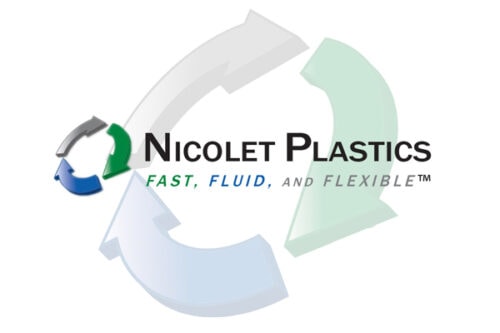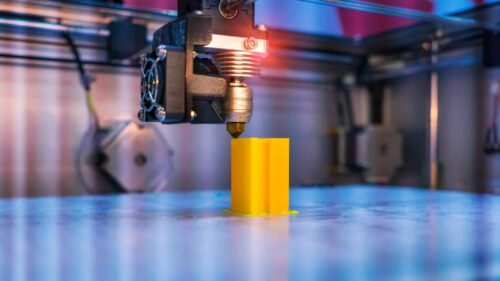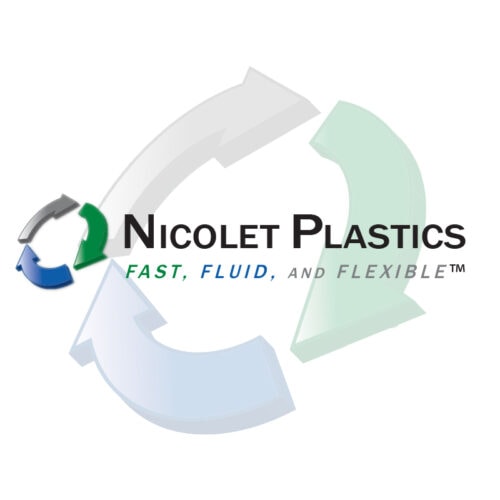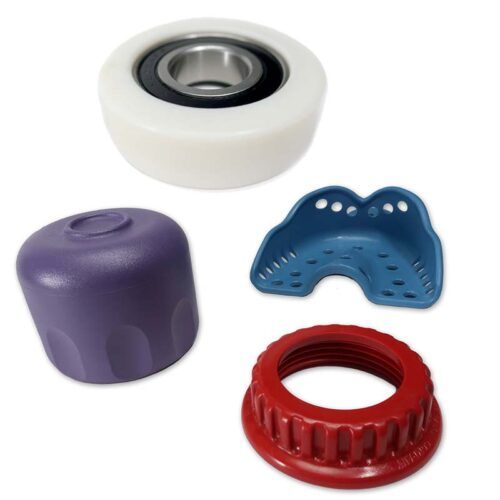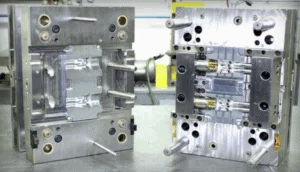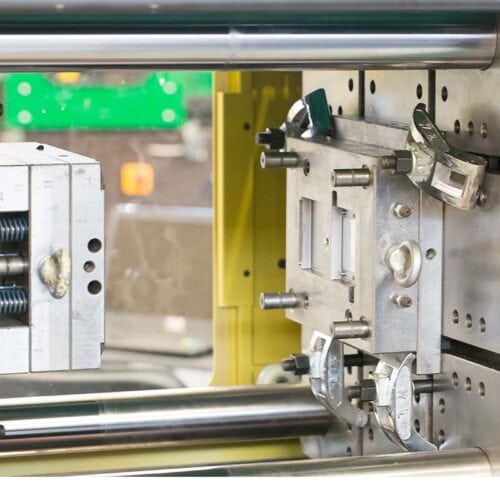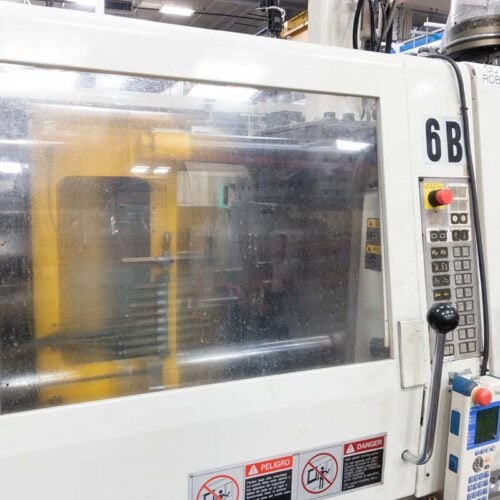Designing a plastic part for manufacturability involves many important factors that touch on all areas of part design, tooling, material selection and production. First, it is essential to build parts around functional needs by keeping design intent or the end use in mind. Consider weight reductions, the elimination of fabrication and assembly steps, improving structural components, reducing costs and getting products to market quicker. Here are 8 important factors to consider to meet your plastic part design goals for a successful production process.
1. Material Considerations
Manufacturers often select a familiar grade of plastic from a similar application or rely on recommendations from suppliers. Resins chosen this way may be adequate, but are rarely optimal. Plastic selection is a complex task that involves many considerations, such as:
- Temperature: Thermal stress that may occur during normal and extreme use conditions, as well as during assembly, finishing and shipping.
- Chemical resistance: The effects that occur when any solid, liquid or gas come in contact with the part.
- Agency approvals: Governmental and private standards for properties such as heat resistance, flammability, and electrical and mechanical capabilities.
- Assembly: The plastic’s cooperation with all assembly steps like bonding, mechanical fasteners and welding.
- Finish: The material’s ability to produce the desired finish such as gloss, smoothness and other appearance values as it comes from the mold.
- Cost: Resin pricing as well as the cost calculations for manufacturing, maintenance, assembly and disassembly to reduce labor, tooling, finishing and other costs.
- Availability: The resin’s availability in regard to amount needed for production.
2. Radius
Radius should always be a consideration in regard to the part’s thickness – eliminating the likelihood of areas of high stress and possible breakage of the part. A general rule of thumb is that the thickness at a corner should be in the range of 0.9 times the nominal thickness to 1.2 the nominal thickness of the part.
3. Wall Thickness
Designing your part so that wall thickness is consistent can help avoid many part defects that can occur during the manufacturing process. When plastic melts, it flows to the areas of leas resistance. If your part has inconsistent thicknesses throughout, the melt may flow into the thick areas first (depending on gate locations). When this occurs, the thin areas may not fill properly. Additionally, thicker areas tend to cool more slowly and are at risk for voids or sinking defects. Designing your part with rounded corners will also aid in the proper filling of the part during the molding process.
4. Gate Location
Gates are critical to ensuring the resin flows properly into the mold. These small components of your design are what directs the flow of resin from the runners to then be distributed through the part. Type of gate and placement has an important impact on the part’s overall quality and viability.
5. Draft
Draft is the amount of taper on the vertical walls of the plastic part. Without draft, a part may not eject from the mold, or may sustain damage during ejection. Typically, draft angles between 1° and 2° are required, but can vary depending on part restrictions and specifications.
6. Inclusion of Ribs
A plastic part that has been designed with a minimal wall thickness will not be as strong as a thicker part – which is why the inclusion of ribs may be needed to help reinforce the part’s strength. Depending on the material used, rib thickness should be between 50 – 70 percent of the relative part thickness to avoid sink marks. To avoid sinking, designers may core out material to reduce defect risk.
7. Mold Shrinkage
The shrinkage that occurs during the plastic part molding process can be as much as 20 percent by volume. Crystalline and semi-crystalline materials are most prone to thermal shrinkage. Amorphous materials are known to shrink less. Here are a few easy ways to avoid molding shrinkage issues:
- Adjust the formulation
- Adjust the mold design to get the dimension you want based on the expected shrinkage that will occur
- Optimize the processing parameter such as molding temperature, melt temperature, and injection speed/pressure/time, cooling time.
8. Special Features
Plastic parts should be designed so that mold tools open and eject the part easily. When a part is released, the two sides of an injection mold separate in the opposite direction. When special features like holes, undercuts or shoulders prevent the release from happening, it may be required that side actions be incorporated into the design.
Side actions pull coring in a direction other than the direction of the mold separation. This adds flexibility to the part design and at times, may increase the cost of the mold.
Working with an experienced plastic injection molder and engineering team is a critical component to avoiding many issues that can occur during the design and development process. If you keep these factors in mind during the design process, and align with a knowledgeable plastics engineer, you will be on track to get your product to market quicker and within your budget.

